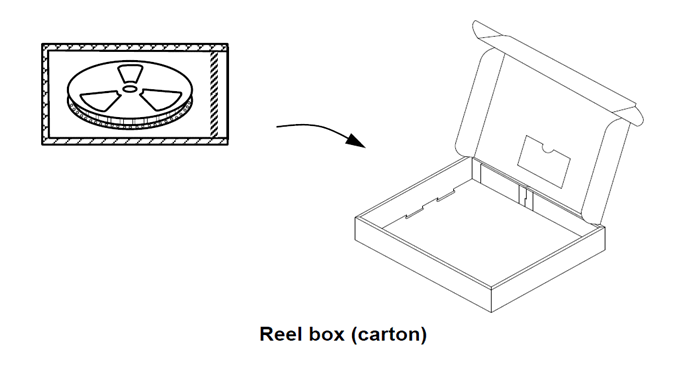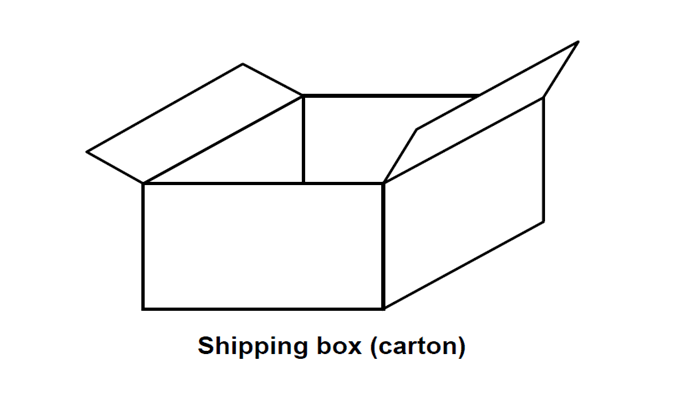JAJSET8B June 2014 – February 2018 DLPA2000
PRODUCTION DATA.
- 1 特長
- 2 アプリケーション
- 3 概要
- 4 改訂履歴
- 5 Pin Configuration and Functions
- 6 Specifications
-
7 Detailed Description
- 7.1 Overview
- 7.2 Functional Block Diagram
- 7.3
Feature Description
- 7.3.1 DMD Regulators
- 7.3.2 RGB Strobe Decoder
- 7.3.3 LED Current Control
- 7.3.4 Calculating Inductor Peak Current
- 7.3.5 LED Current Accuracy
- 7.3.6 Transient Current Limiting
- 7.3.7 1.1-V Regulator (Buck Converter)
- 7.3.8 Motor Driver
- 7.3.9 Measurement System
- 7.3.10
Protection Circuits
- 7.3.10.1 Thermal Warning (HOT) and Thermal Shutdown (TSD)
- 7.3.10.2 Low Battery Warning (BAT_LOW) and Undervoltage Lockout (UVLO)
- 7.3.10.3 DMD Regulator Fault (DMD_FLT)
- 7.3.10.4 V6V Power-Good (V6V_PGF) Fault
- 7.3.10.5 VLED Overvoltage (VLED_OVP) Fault
- 7.3.10.6 VLED Power Save Mode
- 7.3.10.7 V1V8 PG Failure
- 7.3.10.8 Interrupt Pin (INTZ)
- 7.3.10.9 SPI
- 7.3.11 Password Protected Registers
- 7.4 Device Functional Modes
- 7.5
Register Maps
- Table 7. Register Description
- 7.5.1 Chip Revision Register
- 7.5.2 Enable Register
- 7.5.3 Transient-Current Limit Settings
- 7.5.4 Regulation Current MSB, SW4
- 7.5.5 Regulation Current LSB, SW4
- 7.5.6 Regulation Current MSB, SW5
- 7.5.7 Regulation Current LSB, SW5
- 7.5.8 Regulation Current MSB, SW6
- 7.5.9 Regulation Current LSB, SW6
- 7.5.10 Switch On/Off Control (Direct Mode)
- 7.5.11 AFE (MUX) Control
- 7.5.12 Break Before Make (BBM) Timing
- 7.5.13 Interrupt Register
- 7.5.14 Interrupt Mask Register
- 7.5.15 Timing Register VOFS, VBIAS, VRST, and RESETZ
- 7.5.16 Motor Control Register
- 7.5.17 Password Register
- 7.5.18 System Configuration Register
- 7.5.19 User EEPROM, BYTE0
- 7.5.20 User EEPROM, BYTE1
- 7.5.21 User EEPROM, BYTE2
- 7.5.22 User EEPROM, BYTE3
- 7.5.23 User EEPROM, BYTE4
- 7.5.24 User EEPROM, BYTE5
- 7.5.25 User EEPROM, BYTE6
- 7.5.26 User EEPROM, BYTE7
- 8 Application and Implementation
- 9 Power Supply Recommendations
- 10Layout
- 11デバイスおよびドキュメントのサポート
- 12メカニカル、パッケージ、および注文情報
12 メカニカル、パッケージ、および注文情報
以降のページには、メカニカル、パッケージ、および注文に関する情報が記載されています。この情報は、そのデバイスについて利用可能な最新のデータです。このデータは予告なく変更されることがあり、ドキュメントが改訂される場合もあります。本データシートのブラウザ版を使用されている場合は、画面左側の説明をご覧ください。
- デバイスの挿入 - デバイスは、シンボルが上側、リード・ピンが下側などの形式で配置されています。
- カバー・テープ - カバー・テープはインデックス・ホールを塞がず、キャリア・テープから外側に移動しません。
- テープの構造 - キャリア・テープはプラスチック製で、上の図に示す構造です。デバイスはキャリア・テープの打ち出し領域に置かれ、プラスチック製のカバー・テープで覆われます。
- ESD対策プラスチック - キャリア・テープとカバー・テープはどちらも、静電気散逸性の材質です。
- 材質 - ポリカーボネート、ポリスチレン、または認定済みの同等品(静電気逸散性/帯電防止)
- パッキング方法 - リールは防湿袋に封入され、リーダー・テープの端をテープで固定した後、熱熔着により固定されます。QFNデバイスのパッキングには、乾燥材、湿度インジケータが含まれています。
- リール・ボックス - 防湿袋は個別にリール・ボックスにパッキングされます。

- リール・ボックスの材質 - 段ボール
- 配送箱 - 箱の中に隙間がある場合、クッションなどの充填材を追加します。配送箱のサイズは、リール・ボックスのパッキング数量により変化します。
